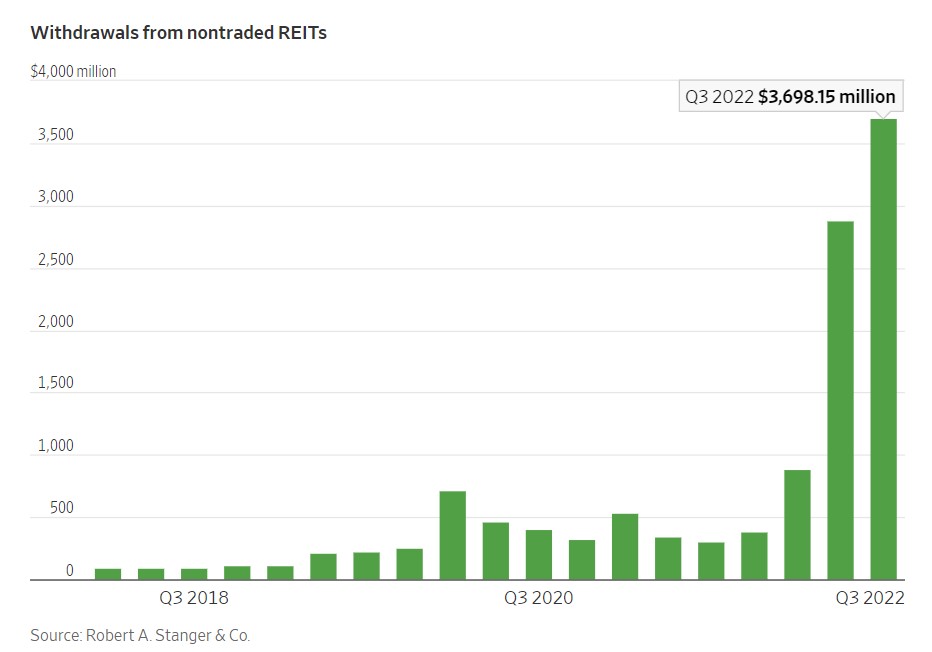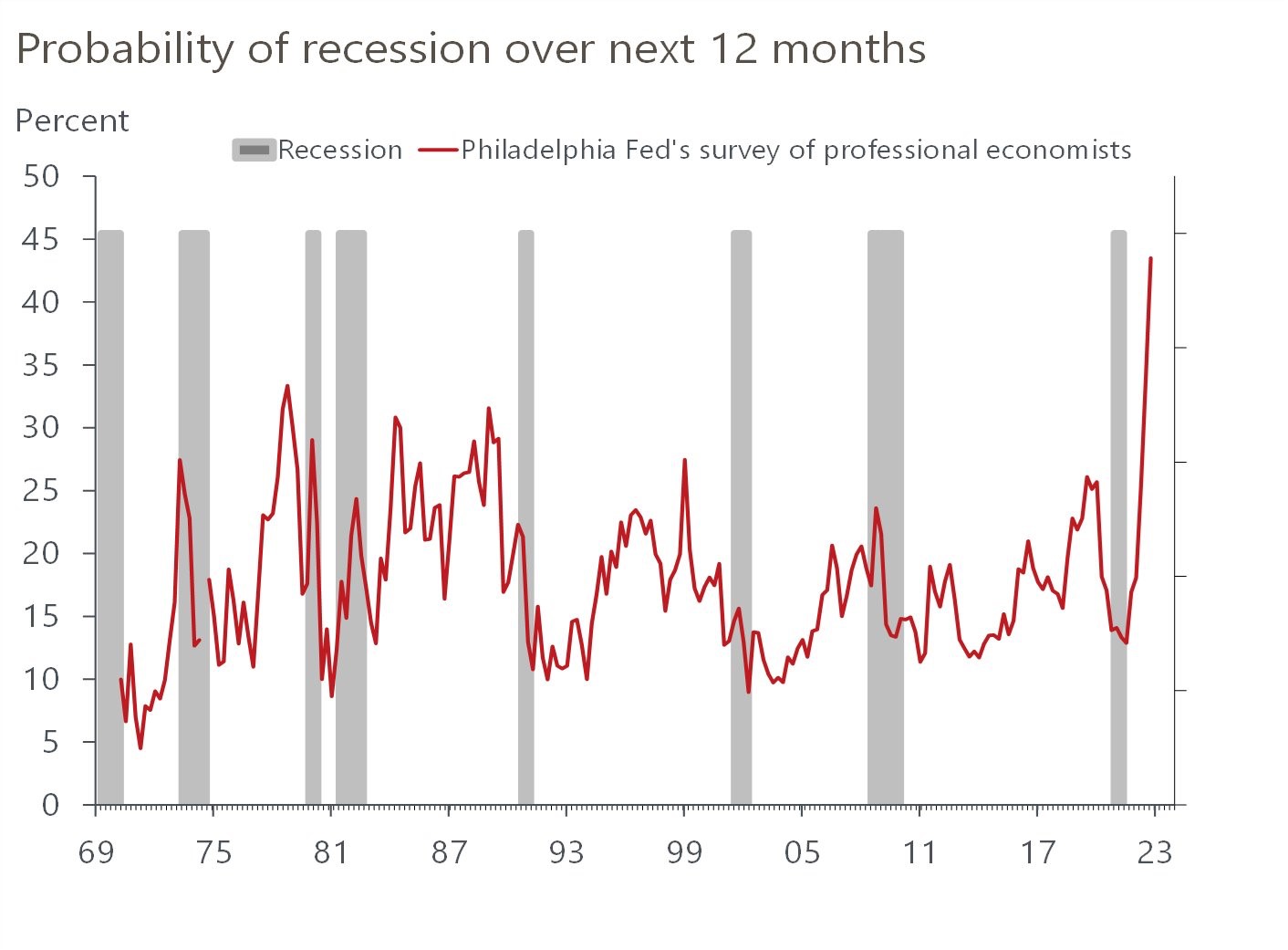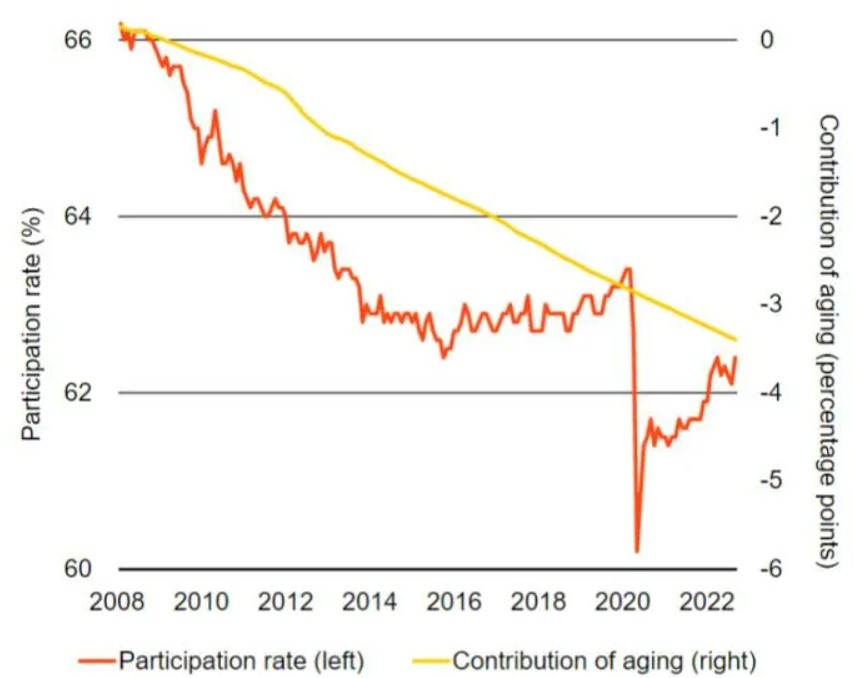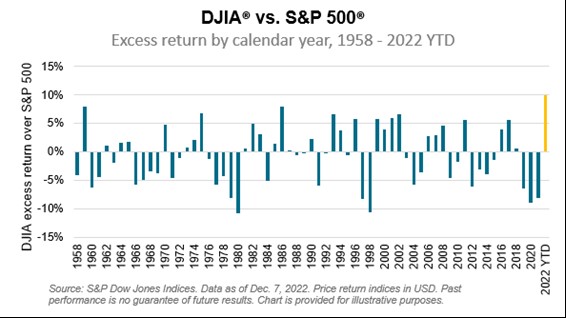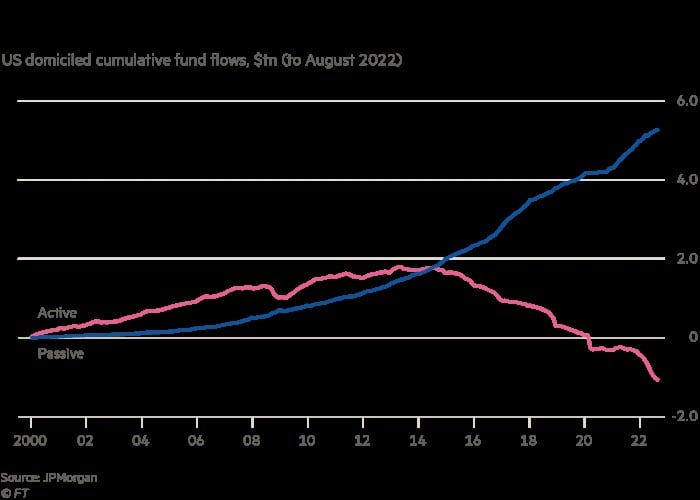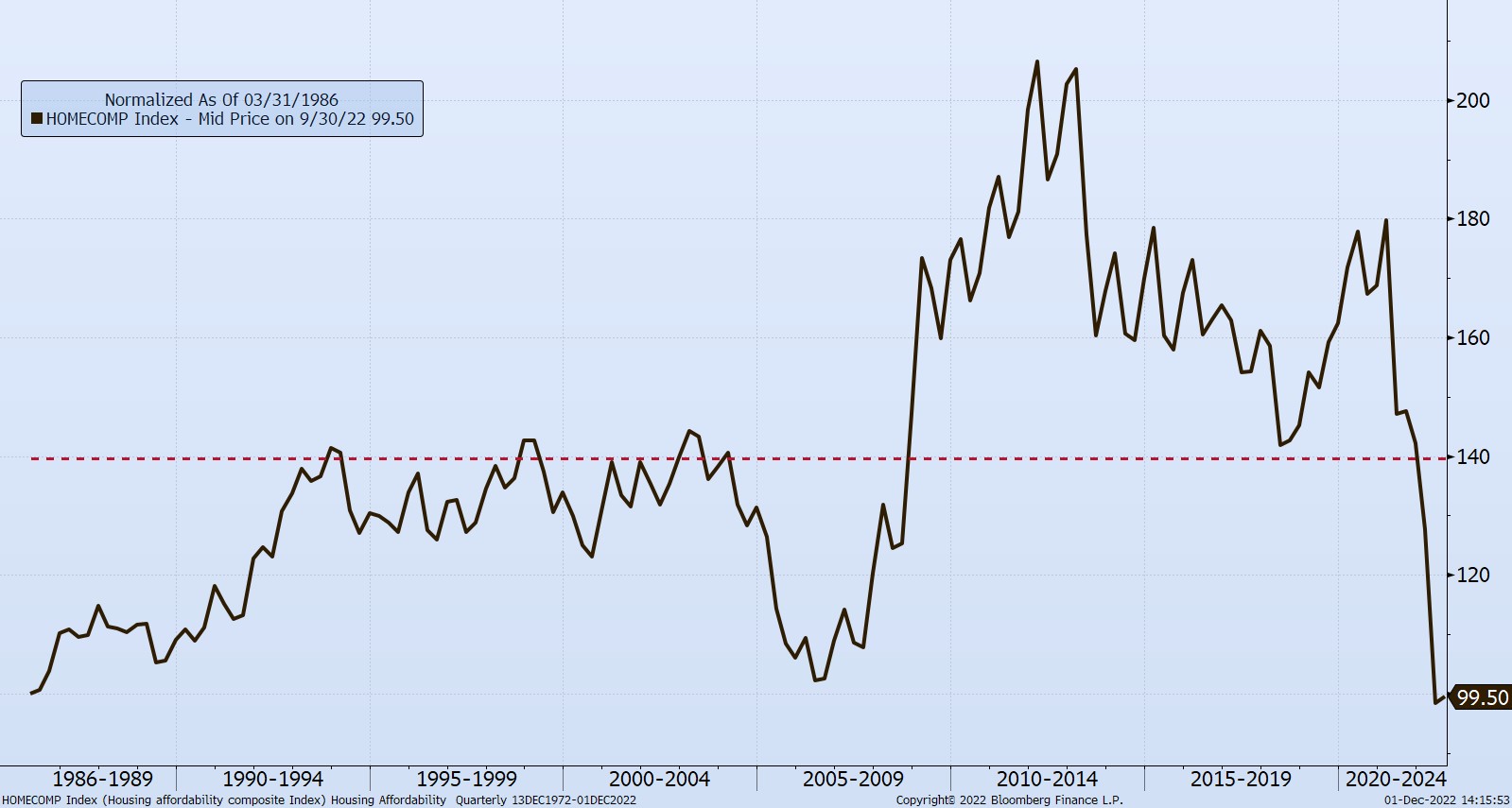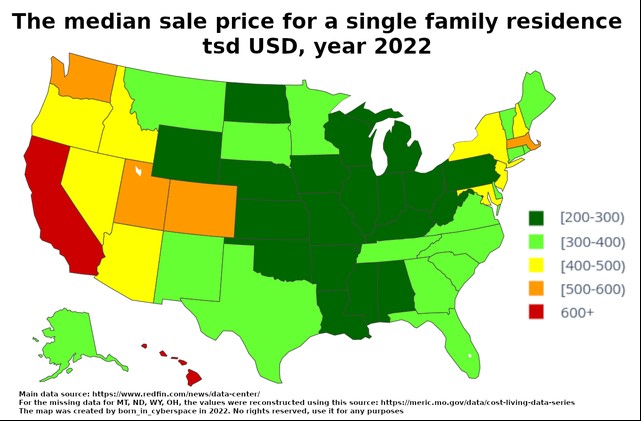Chart of the Day (11)
Be Wary of Non-Traded REITs
Today’s Chart of the Day comes from the Wall Street Journal and highlights why investing in Non-Traded, or illiquid, assets pose additional risk. The additional risk is present because they open the opportunity for some investors to game the system and leave the remaining investors holding the bag. As an example, today’s Chart of the Day shows the tremendous increase in the quarterly withdrawals from non-traded REITs (real estate investment trusts) where to sell, you have to ask in advance, can only sell back to the company, are typically only allowed to sell once a quarter, and generally are only allowed up to 5% in redemptions at a time. The reason for the large withdrawal rate from non-traded REITs is because investors expect future losses in real estate as the real estate market starts to struggle. Non-traded REITs typically base their valuations on periodic appraisals, which are slow to adjust to the current price. This could keep current valuations artificially high for a time. Investors know this and sell out before the price declines as appraisals catch up to reality. As Nori Lietz, Senior Lecturer of Business Administration at Harvard Business School, said in the article, “Appraisals look backwards, and markets look forward, and people are trying to arbitrage and get their money out before the write-down occurs.” This does not happen to REITs that are publicly traded on the stock exchanges since the price is determined throughout the day, every day. The pricing inaccuracies of non-traded REITs is one of the reasons we do not use these types of investments. “Experience is a good school, but the fees are high.” Heinrich Heine (December 13, 1797 – February 17, 1856)
Read

